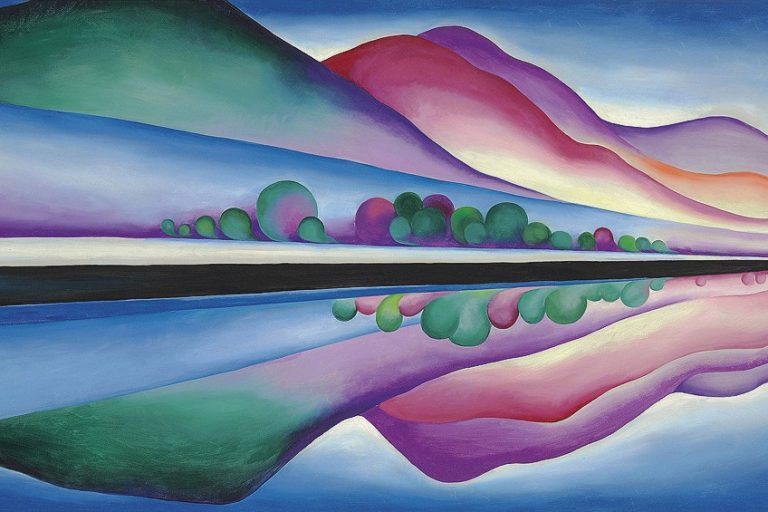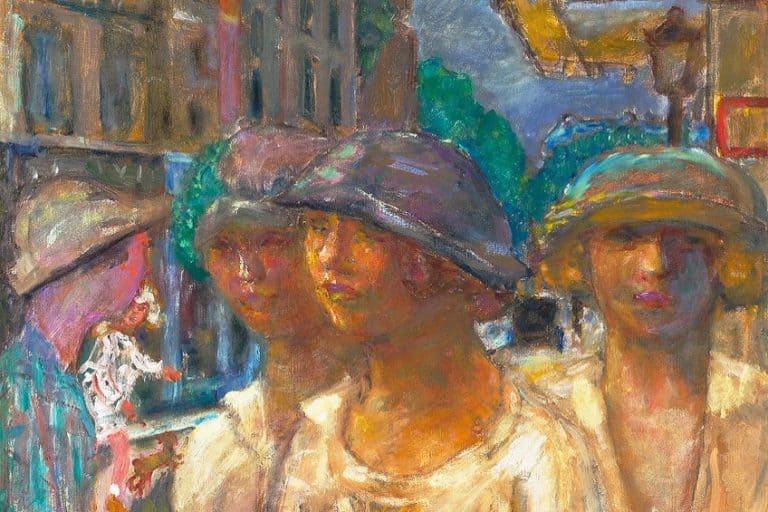Naum Gabo – A Pioneering Figure in 20th-Century Art
Naum Gabo, a prominent figure in 20th-century art, revolutionized sculpture with his pioneering use of materials and innovative geometric forms. Born in Russia in 1890 as Naum Pevsner, he later adopted the surname Gabo to distinguish himself from his brother, Antoine Pevsner, also a renowned sculptor. Gabo’s art transcended traditional boundaries, blending elements of Constructivism and Kinetic art to create dynamic sculptures that explored light, space, and movement. His influence extended beyond his artistic creations; Gabo’s writings and teachings played a significant role in shaping modern art theories. This article delves into the life, works, and enduring impact of Naum Gabo on the art world.
Table of Contents
Key Takeaways
- Naum Gabo was a central figure in 20th-century sculpture and Constructivism, who innovated with new materials and approaches.
- His Realistic Manifesto advocated for using real forms in space, influencing the evolution of Kinetic Art.
- Gabo’s techniques and philosophical insights continue to impact the contemporary art world, highlighting the interplay between art, space, and time.
Life and Career
| Birth | August 5, 1890 |
| Death | August 23, 1977 |
| Place of Birth | Bryansk, Russia |
| Genre of Work | Constructivism and Kinetic Art |
Naum Gabo was a revolutionary figure in the realm of sculpture, significantly impacting the development of 20th century art. Born as Naum Neemia Pevsner in Russia in 1890, he later adopted the name Gabo to distinguish himself from his brother, fellow artist Antoine Pevsner. Gabo’s artistic journey was marked by his innovative approach to form and materials, which positioned him at the leading edge of the Constructivist movement. His contributions not only altered the landscape of sculpture but also intersected with the theoretical underpinnings of modern art.
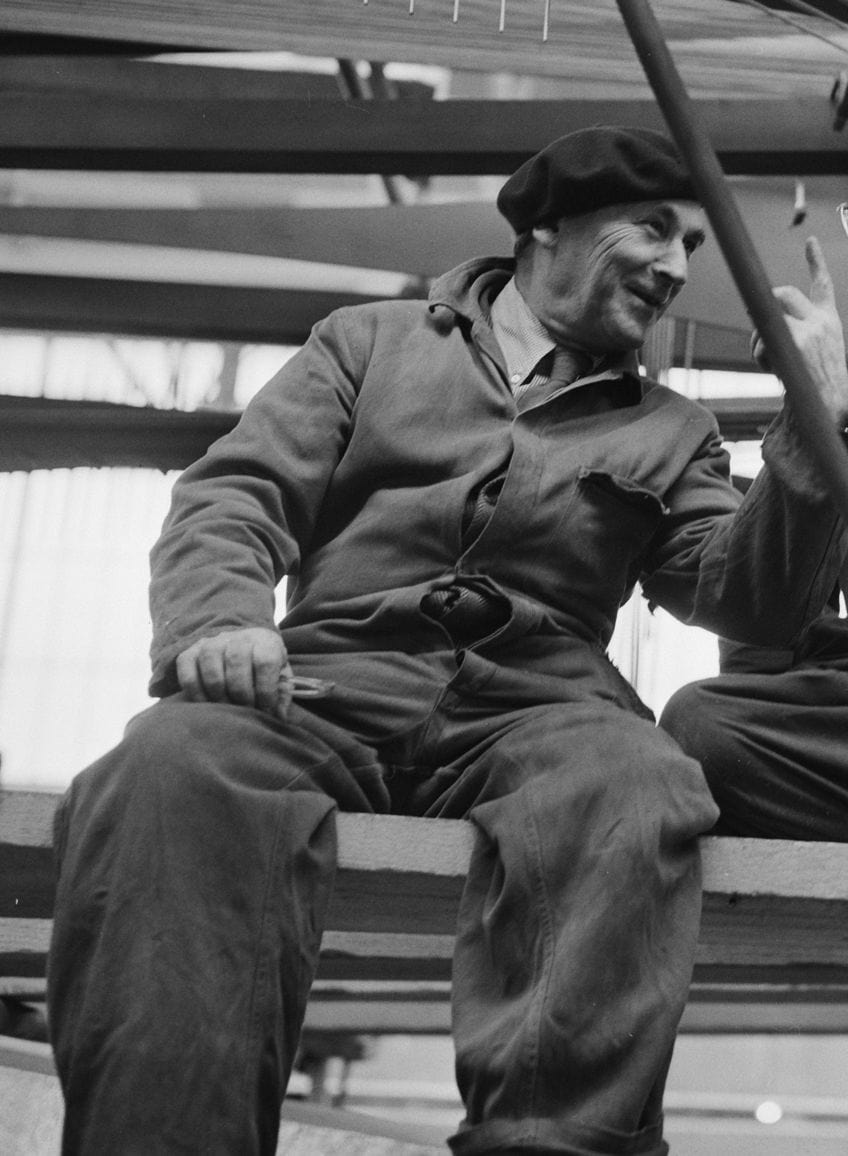
The theoretical aspect of Gabo’s work was exemplified in the Realistic Manifesto of 1920, co-authored with his brother. This critical piece of literature called for art to embrace space and rhythm through the construction of real forms in real space, setting the stage for Kinetic Art and Constructivism. Gabo’s sculptures, known for their intricate use of transparent and reflective materials like glass and plastic, ingeniously incorporated geometric abstraction and a sense of spatial movement. These creations spoke not just to the visual senses but to a deeper understanding of the role of art in a rapidly changing world. Gabo’s legacy transcends his time, as his artistic philosophy and methodology continue to inform and inspire contemporary art. His life’s work, including his time in Russia, his involvement with the Constructivist movement, and his later years in the United States, reflects a lifelong dedication to exploring the relationship between art and the world it inhabits.
Through his sculptural practices and theoretical pursuits, Gabo helped bridge the gap between artistic expression and the scientific understandings of space and time.
Early Life and Education
Naum Gabo was born Naum Neemia Pevsner on August 5, 1890, in Bryansk, Russia. His formative years were spent studying various disciplines, ranging from medicine and natural science to philosophy and art history at the University of Munich, which laid a significant foundation for his future work.

Rise of Constructivism
During the early 20th century, Gabo became a seminal figure in the Russian avant-garde and the founder of Constructivism. Grounded in the post-Revolution fervor, Gabo co-authored the Realistic Manifesto in 1920 with his brother, Antoine Pevsner.
This emphasized space and time in art, marking a departure from traditional sculpture.
Expansion to Europe and the United States
After leaving Russia, Gabo lived in several European cities, including Berlin and Paris, interacting with influential movements like the Bauhaus and the Abstraction-Création group. He later settled in England before moving to the United States. Gabo taught at the Black Mountain College in North Carolina and had a significant effect on modern art movements across the Atlantic.
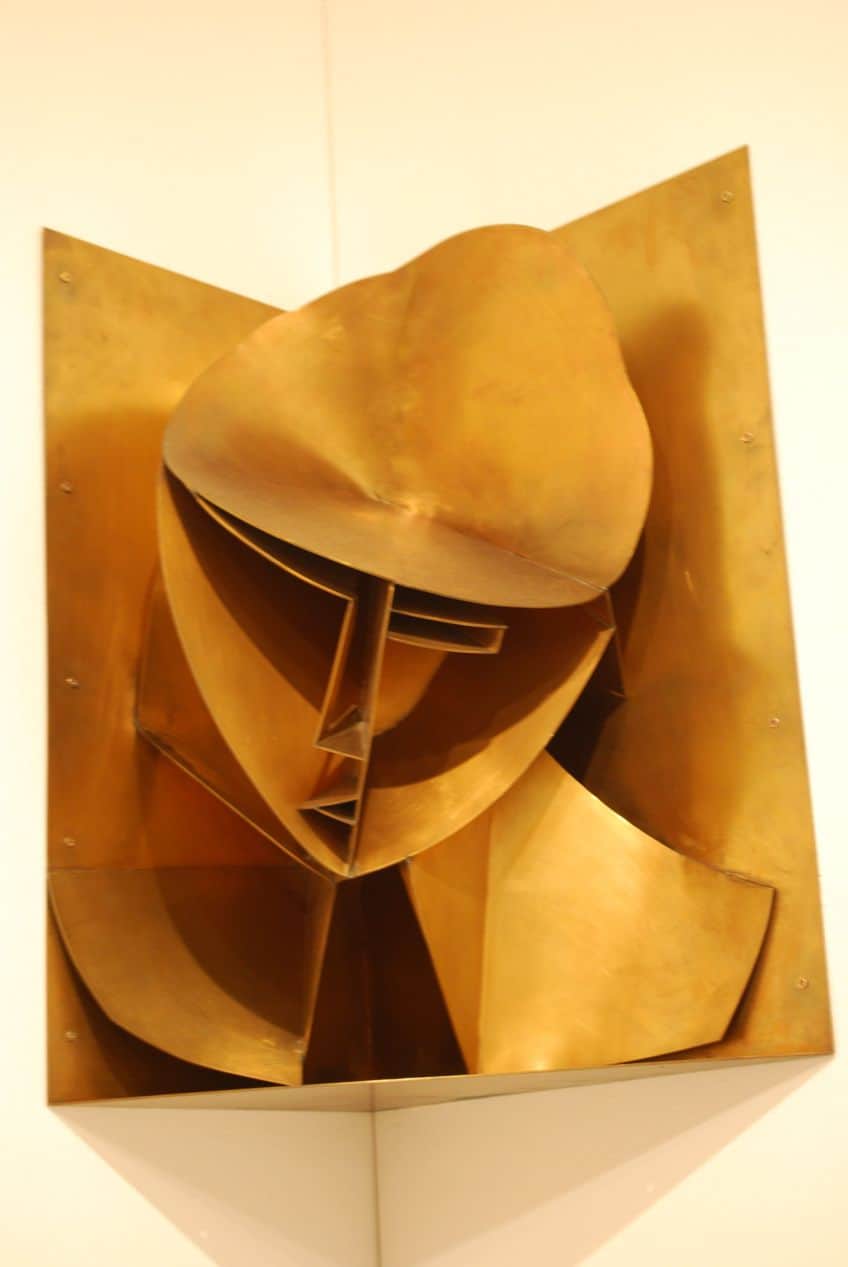
Influences and Collaborations
Gabo’s artistic network was extensive, including connections with groups such as the Bauhaus and interactions with contemporaries in the Circle and Abstraction-Création groups.
Through these collaborations, he shared ideas and contributed to broader dialogues within constructivist and abstract art circles.
Death and Posthumous Recognition
Naum Gabo passed away on August 23, 1977, in Waterbury, Connecticut. His legacy endures through his art, which continues to captivate audiences worldwide. Major institutions like the Tate Gallery, the Museum of Modern Art, and the Guggenheim Museum have celebrated his work through retrospectives, cementing his reputation as a titan of constructivist art.
Artistic Philosophy and Work
Naum Gabo’s artistic philosophy was intricately linked to Constructivism, emphasizing an interaction between space, time, and material. His works challenge traditional sculpture with their abstract forms and pioneering use of new materials and techniques.
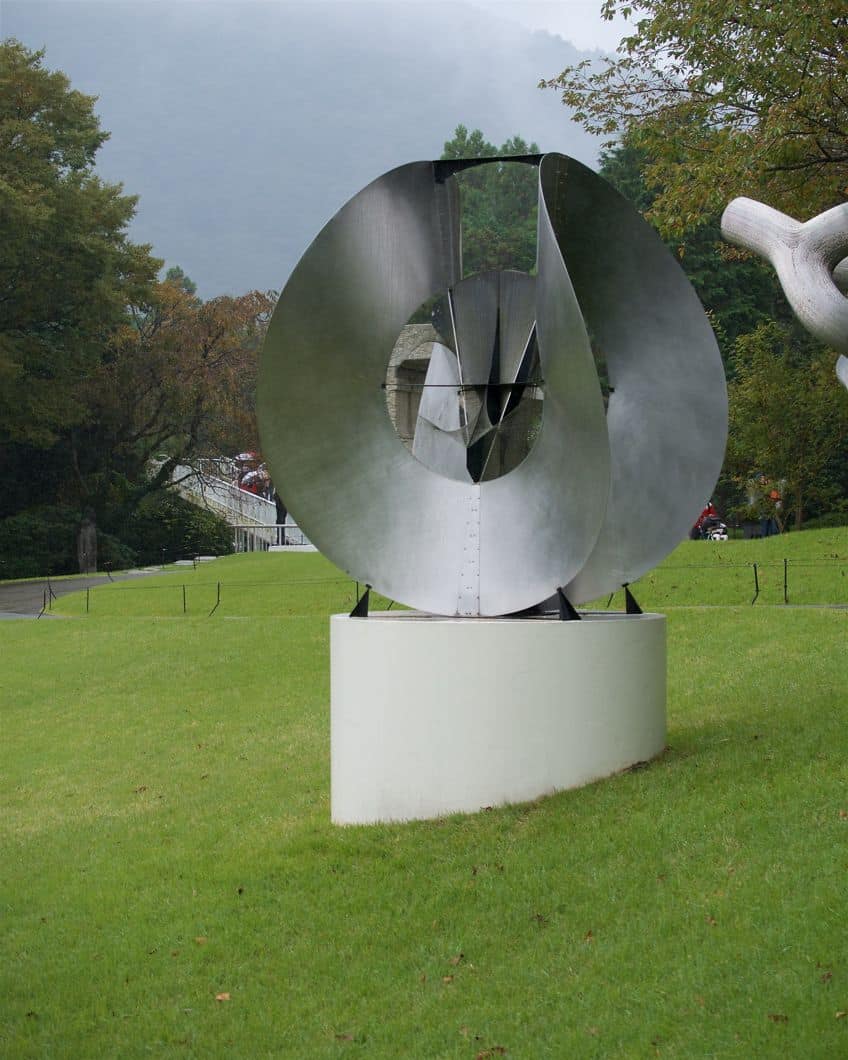
Development of Constructivist Principles
Naum Gabo was a central figure in the Constructivist art movement, which originated in Russia after the Bolshevik Revolution. The artist’s approach was underpinned by a deep interest in philosophy and science, which translated into his sculptural language emphasizing time, space, and volume. Gabo, along with his brother Antoine Pevsner, authored the Realistic Manifesto in 1920, which laid out the Constructivist ideals—a call for art to engage with real movement and social progress, rather than imitate natural forms. Constructivist sculptures were characterized by a dynamic quality that interacted with the surrounding environment. Gabo’s incorporation of transparent materials allowed him to explore the intangible aspects of space. His creations were not static; they expressed growth, change, and the dynamism of the modern world, seeking to represent the fourth dimension – time.
Gabo saw the artist’s role akin to that of an engineer, designing structures that epitomize modernity.
Key Artworks and Techniques
Naum Gabo’s artworks often took the form of sculptures and constructions, employing a vocabulary of geometric abstraction. His use of translucent and reflective materials like glass, plastic, and metals allowed him to explore the interplay between solid and negative space. In his quest for a kinetic quality—a sensation of movement within a sculpture—Gabo designed pieces that resonated with the principles of Cubism and Futurism, but pushed beyond them to achieve a unique visual language that was strictly abstract.

One of Gabo’s significant contributions was the stereometric method, where he constructed works by creating a tense interplay of intersecting planes and lines, as seen in his famous Linear Construction series. The technique allowed him to manipulate volume and space and introduced a sense of rhythm and dynamic movement within a stationary object. He was also affiliated with the Abstraction-Création Group, which promoted nonobjective art. Major works, like the Kinetic Sculpture (Standing Wave), embody Gabo’s innovative exploration of both form and engineering principles.
The transparent materials and precise design created sculptures that were ethereal yet grounded in the physical science of the natural world, capturing his blend of abstraction with material experimentation.
Techniques and Materials
Naum Gabo utilized a distinctive array of materials and techniques that positioned him as a forerunner in 20th-century sculpture. His approach to materials was radical for his time, profoundly influencing sculptural practices.
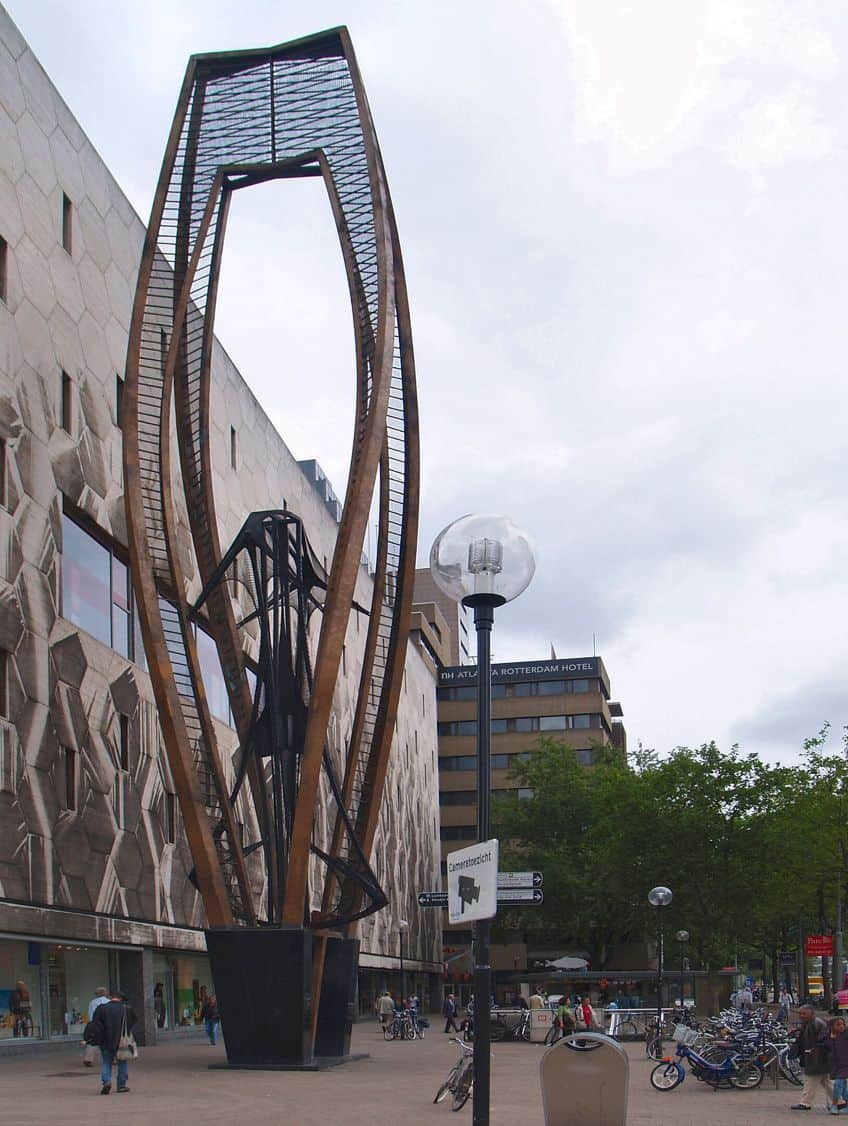
Work with Transparent Materials
Gabo was a pioneer in the use of transparent materials such as glass, Perspex, and plastic. He valued these materials for their ability to interact with light and space, emphasizing the immateriality and optical effects in sculpture.
The innovative use of transparent materials allowed for the creation of works that seemed to dematerialize, defying the traditional solid mass of sculpture.
Exploration of Geometric Forms
His sculptures often consisted of geometric forms such as circles and lines, which were arranged to interact and transform the surrounding space. Gabo believed that space and volume were essential elements of sculpture, almost on par with the tangible materials used. The precision of geometry in his work paralleled architectural and engineering concerns of form and balance.

Integration of Science and Technology
Gabo’s work reflected a deep integration of science and technology in art. He used engineering principles to develop sculptures that could convey motion and the presence of unseen forces.
Public sculptures by Gabo, featured in locations from the Bijenkorf Department Store in Rotterdam to the Governor Nelson A. Rockefeller Empire State Plaza Art Collection, illustrate the scalability of his engineering approach to architecture and design.
Innovation in Kinetic Sculpture
Gabo was a precursor in kinetic sculpture, where motion, either implied or actual, played a fundamental role. Examples include concepts like “standing wave” or “revolving torsion,” where he used materials like metal and nylon wire to imbue static objects with a sense of dynamic, kinetic rhythms.
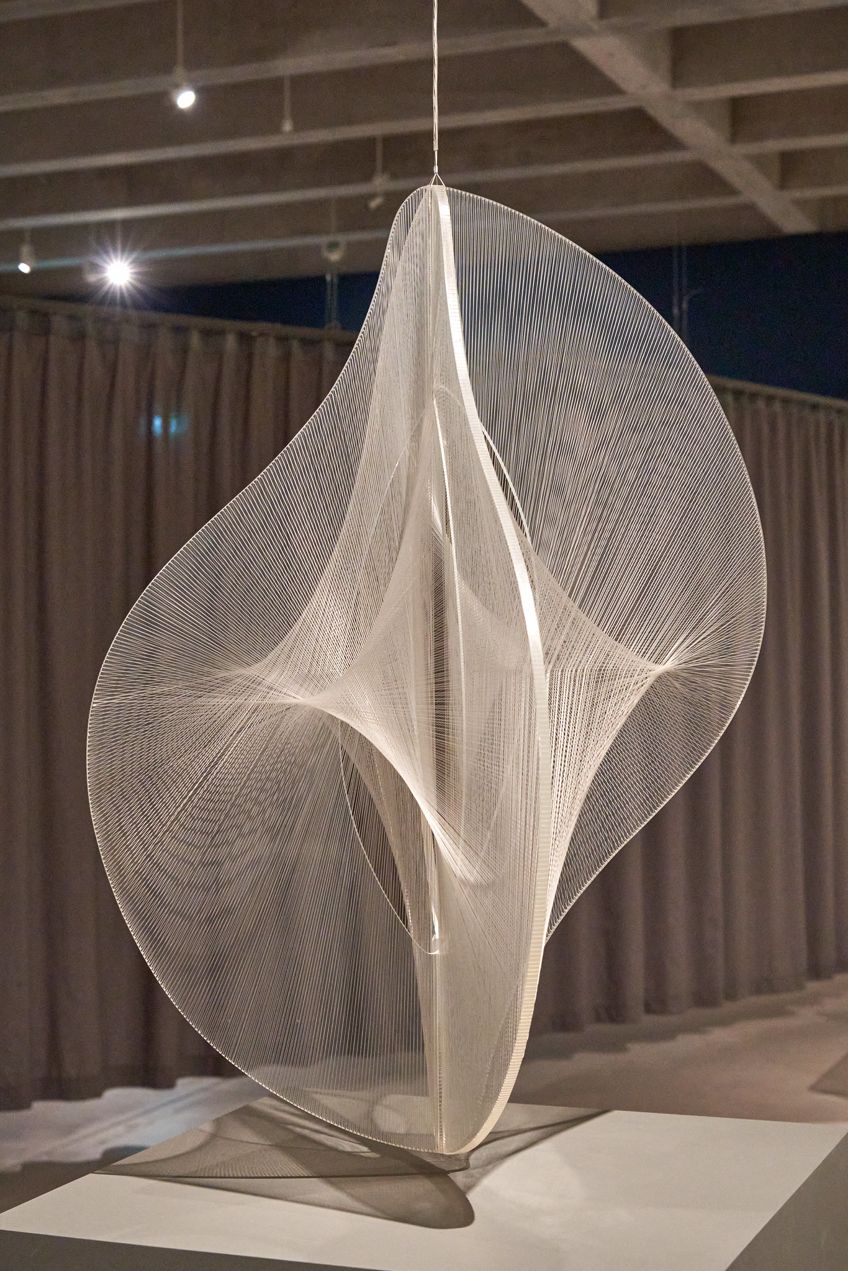
Advancements in Sculptural Design
In terms of design, Gabo incorporated contemporary innovations such as nylon cord and metal, focusing on how these materials could be engineered into complex, constructive forms.
His sculptures were technical achievements as much as aesthetic objects, reflecting a synthesis of science, technology, and art.
Cultural and Historical Impact
Naum Gabo’s work significantly shaped the Constructivist movement and influenced the trajectory of modern art. His pioneering explorations resonated across borders, leaving a lasting legacy.

Contribution to Constructivist Movement
Gabo emerged as a central figure in the Constructivist movement during the early 20th century in Russia. This movement was marked by an emphasis on material properties, abstract geometric forms, and the integration of space and mass. After the Russian Revolution, Gabo, along with other avant-garde artists, sought to reflect the new social order through art. He co-authored the Realistic Manifesto in 1920, which called for art to be placed in the service of social progress.
Gabo’s utopian beliefs fueled his interest in creating art that embodied modern scientific principles and social ideals.
Global Exhibitions and Influence
Throughout his career, Gabo’s work was exhibited in major cultural hubs, including Berlin, Paris, London, and Moscow. His art was shown in renowned institutions, such as the Tate Gallery in London, the Museum of Modern Art and Guggenheim Museum in the USA. In presenting his work globally, Gabo played a crucial role in disseminating Constructivist ideologies beyond Russia, especially in England and USA. His participation in the Bauhaus, De Stijl, and the Abstraction-Création group further intertwined his ideas with leading art movements of his time.
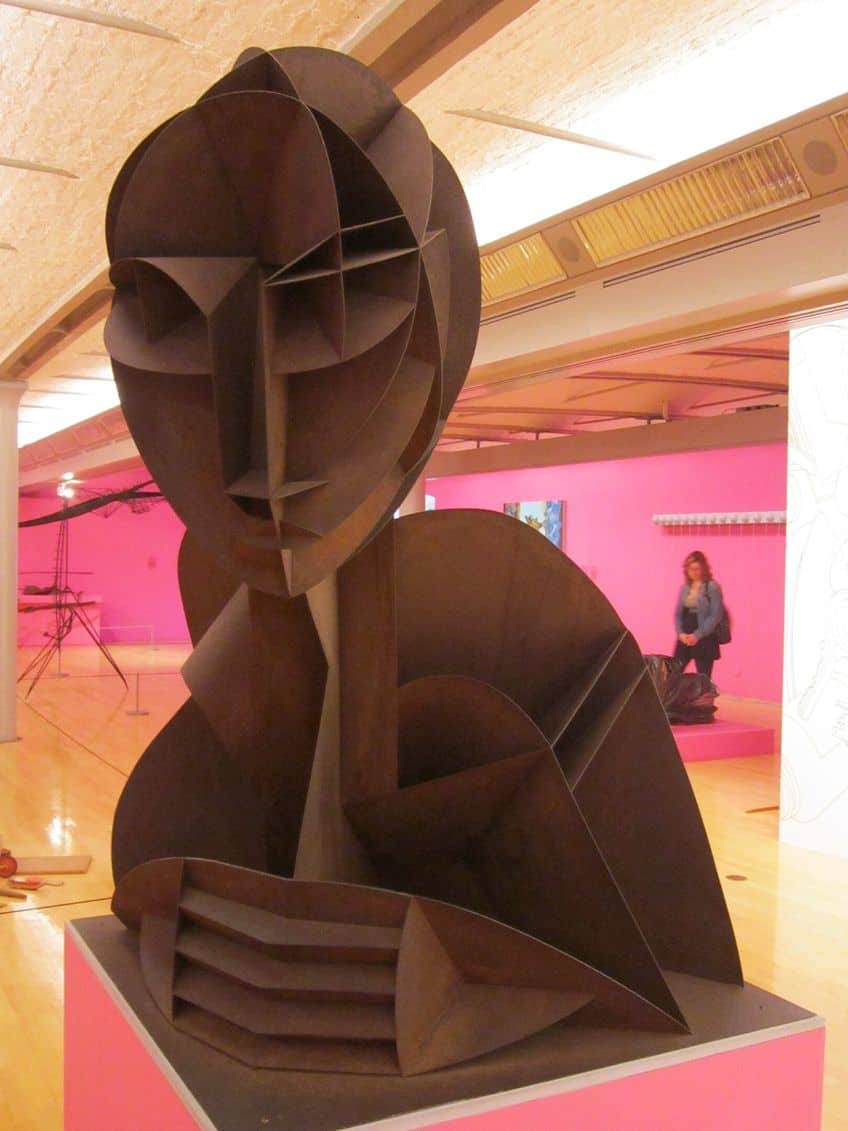
Influence on Future Generations
The ripple effects of Gabo’s innovative approach can be seen in subsequent generations of artists and architects. For instance, his kinematic sculptures influenced the St Ives group in Cornwall, England, including British painter Ben Nicholson. Gabo’s dedication to non-objective experiences endeared his works to those looking for new expressions in art. His utilization of industrial materials and his synthesis of art, science, and architecture encouraged a dialogue that questioned traditional boundaries and genres.
Gabo’s legacy lives on through the continued relevance of his philosophical insights and artistic contributions to the field of art history.
Later Years and Legacy
Naum Gabo’s contributions in his later years were marked by global recognition and his continued exploration of constructivist principles. His influence extended beyond the realm of sculpture, impacting both art and architectural spaces.
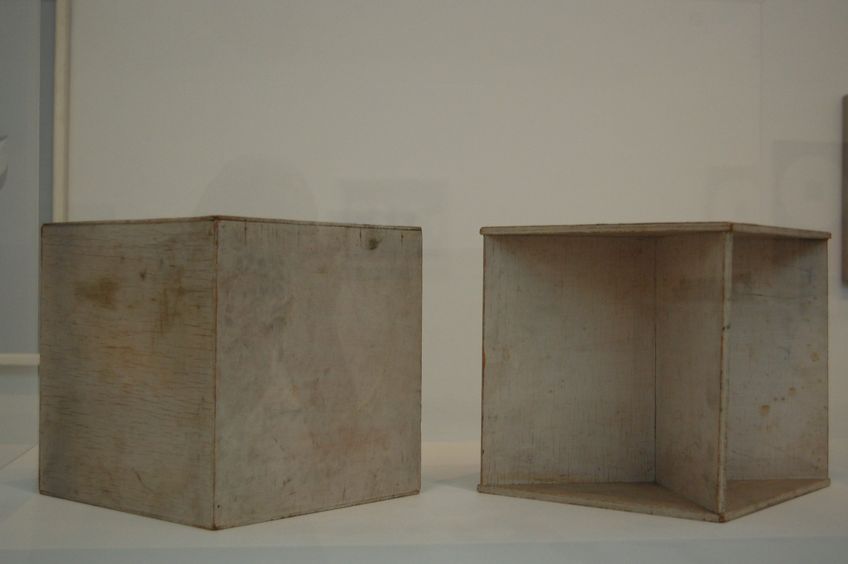
Legacy in Art and Architecture
Gabo’s constructivist philosophy deeply influenced the aesthetics and methodology of modern art and architecture. Emphasizing transparent materials and spatial construction, he inspired a generation of artists and architects to explore form in new dimensions. In Rotterdam, his public sculpture was one of the first to incorporate kinetic elements on a grand scale, illustrating his legacy in marrying art with architectural vision.
Oslo would later pay homage to his contributions with the Gabo Fountain, cementing his legacy within the city’s urban landscape.
Influence on Modern Art
Gabo’s impact on modern art is evident through his innovative use of materials and his dynamic approach to sculpture. By integrating materials such as metal, glass, and plastic, he redefined the boundaries of sculptural form. His emphasis on geometric abstraction and kinetic movement resonated across various art movements.
In England, particularly London, his presence rippled through the art community, influencing many practitioners and academics through his teaching and exhibits.

Even after his death, Gabo’s methodologies and pioneering spirit have persisted in the discourse of modern art, underscored by the recognition he received in Russia, his country of birth. His ideas continue to resonate, seen in the fluid lines of contemporary architecture and in the conceptual frameworks of artists worldwide.
Naum Gabo’s legacy in the art world is profound and enduring. Through his groundbreaking sculptures, he not only pushed the boundaries of artistic expression but also paved the way for future generations of artists to explore new concepts and materials. His commitment to the principles of Constructivism and his innovative use of space and movement continue to inspire contemporary artists worldwide. Gabo’s contributions to art theory and his relentless pursuit of artistic innovation ensure that his name remains synonymous with creativity and vision. As we reflect on his remarkable career, it is evident that Naum Gabo’s impact on the art world will continue to resonate for years to come.
Frequently Asked Questions
What Are the Defining Characteristics of Naum Gabo’s Sculptural Works?
Gabo’s sculptures are renowned for their geometric abstraction and a sense of movement. His work often reflects an interest in depicting time and space via intersecting planes and linear construction.
How Did Naum Gabo Contribute to the Constructivism Movement?
Naum Gabo was a central figure in Constructivism, emphasizing art as a practice for social purposes. His theoretical writings and kinetic sculptures played a significant role in the movement, advocating for a form of art that was deeply engaged with the material world and the broader social context.
What Type of Materials and Techniques Did Naum Gabo Employ in His Artworks?
He frequently used materials such as plastic, glass, and metal in his artwork, reflecting an innovative approach to sculpture. Gabo was adept at employing new technology and techniques, including stereometric methods, which allowed for the precise manipulation of materials to capture space and form in unique ways.
Isabella studied at the University of Cape Town in South Africa and graduated with a Bachelor of Arts majoring in English Literature & Language and Psychology. Throughout her undergraduate years, she took Art History as an additional subject and absolutely loved it. Building on from her art history knowledge that began in high school, art has always been a particular area of fascination for her. From learning about artworks previously unknown to her, or sharpening her existing understanding of specific works, the ability to continue learning within this interesting sphere excites her greatly.
Her focal points of interest in art history encompass profiling specific artists and art movements, as it is these areas where she is able to really dig deep into the rich narrative of the art world. Additionally, she particularly enjoys exploring the different artistic styles of the 20th century, as well as the important impact that female artists have had on the development of art history.
Learn more about Isabella Meyer and the Art in Context Team.
Cite this Article
Isabella, Meyer, “Naum Gabo – A Pioneering Figure in 20th-Century Art.” Art in Context. April 12, 2024. URL: https://artincontext.org/naum-gabo/
Meyer, I. (2024, 12 April). Naum Gabo – A Pioneering Figure in 20th-Century Art. Art in Context. https://artincontext.org/naum-gabo/
Meyer, Isabella. “Naum Gabo – A Pioneering Figure in 20th-Century Art.” Art in Context, April 12, 2024. https://artincontext.org/naum-gabo/.







